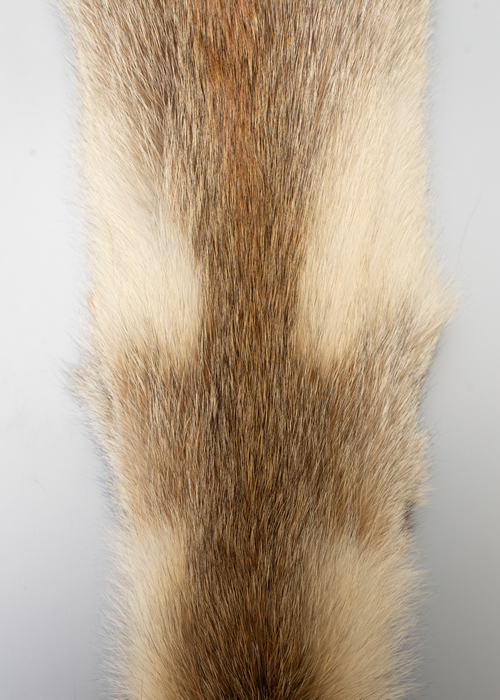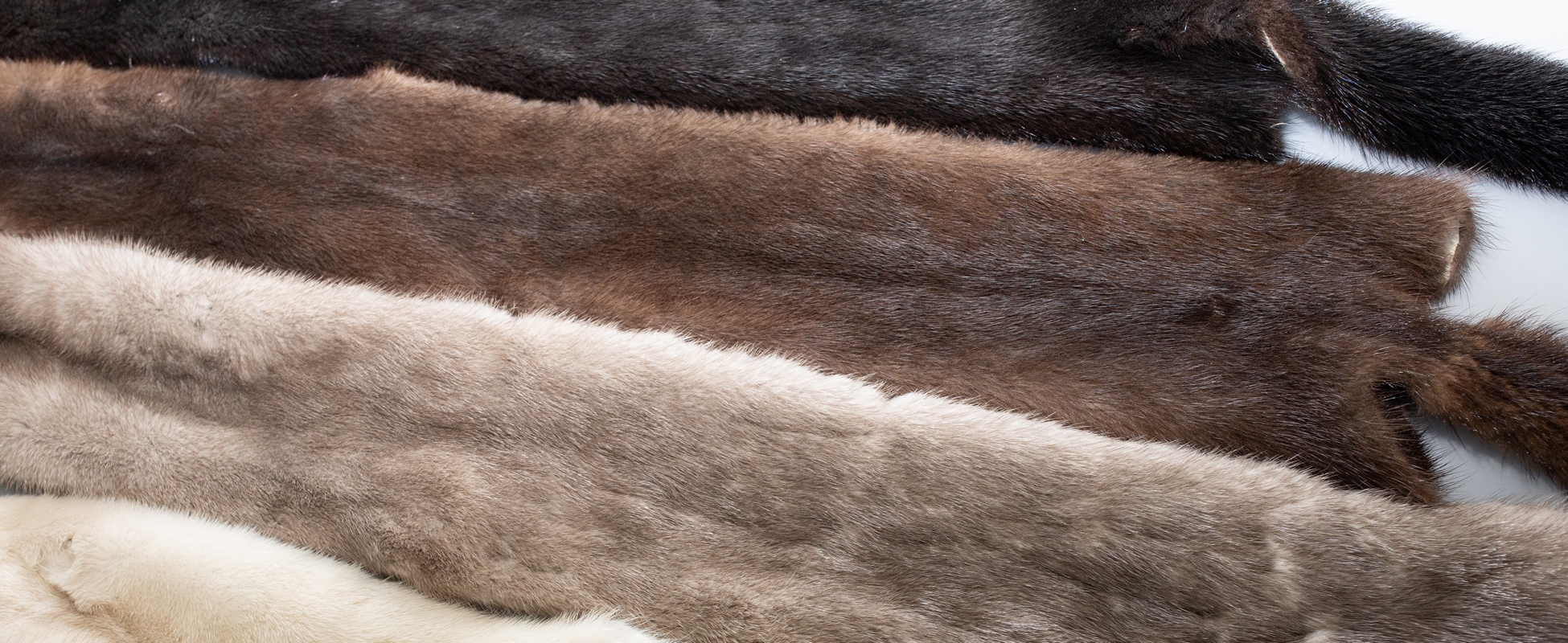Fur is a natural, renewable and sustainable resource. That means we only use part of what nature produces each year without depleting wildlife populations or damage the natural habitat s that sustain them. The goal is to maintain long-term ecological balance.
In nature, each plant and animal species generally produces more offspring than the land can support to maturity. Like other species, we live by making use of part of this surplus that nature creates. We also have a responsibility to protect the wilderness areas that provide these valuable resources. Modern conservationists define this as the “sustainable use” of renewable resources.
Synthetics, by contrast, are generally made from petroleum (a non-renewable resource), which is NOT consistent with the sustainable use of our environment. The production, transportation and disposal of petrochemicals can cause environmental problems.



Leave A Comment
You must be logged in to post a comment.